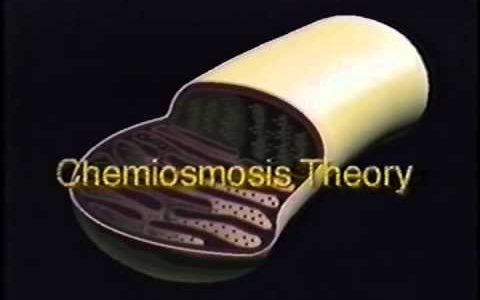Today I asked Daniel Crumback of Strategic Health Performance to help clear up some confusion on how to improve longevity as with VO2Max testing, Zone 2 LSD and Zone 5 interval training.
Topics we discuss include…and much more to dive into!
What health and fitness markers impact our aging process- longevity?
What is longevity?
How do we measure longevity? Metabolic health markers?
How can we learn what WE need personally to improve our aging process? Which lab tests and fitness tests can help predict our longevity or aging
VO2 Max- why we need to test it to figure out personalized program to improve longevity (time in zones)
What if you are afraid of testing VO2 Max – going to max if non-exerciser? Tips?
What are other factors that impact our longevity?
What is longevity to you?
@PeterAttiaMD @DrMindyPelz @FoundMyFitness @hubermanlab @CynthiaThurlow
Online says…
“Longevity refers to the length or duration of a person’s life, the lifespan of an organism, or the existence of something over an extended period. It is a measure of how long something or someone lasts, often used in the context of human life expectancy or the durability of objects, concepts, or organizations. In the context of human life, longevity typically refers to living a long and healthy life, often associated with a higher life expectancy. Factors that can influence longevity in humans include genetics, lifestyle choices (such as diet, exercise, and avoidance of risky behaviors), access to healthcare, and environmental factors. In a broader sense, longevity can also refer to the durability or lasting impact of something beyond just its physical existence. For example, the longevity of a company might refer to how long it has been in business or how enduring its brand and reputation are. Similarly, the longevity of an idea or a cultural tradition might refer to how long it has been relevant or influential in society.”
Biological age and actual age are two different ways of assessing an individual’s age, and they provide distinct insights into a person’s health and aging process.
Actual Age: This is the chronological age of an individual, measured in years and typically calculated from the day of birth. For example, if you were born on January 1, 1990, your actual age on January 1, 2023, would be 33 years old. Actual age is the conventional way we think about and measure age.
Biological Age: Biological age, also known as physiological age or functional age, is a measure of how well or poorly your body is aging on the inside compared to your actual age. It takes into account various factors, such as genetics, lifestyle choices, and overall health, to estimate how “old” or “young” your body functions and how well it’s holding up over time.
Biological age can be assessed through various methods and biomarkers, including:
Biological Age Questionnaires: These are surveys or questionnaires that inquire about lifestyle habits, diet, exercise, and health history to estimate your biological age. They may include questions about smoking, alcohol consumption, diet quality, and physical activity.
Physical Fitness Tests: Assessments of physical fitness, such as cardiovascular fitness, muscle strength, and flexibility, can provide insights into your biological age. For example, if your cardiovascular fitness level is similar to that of a younger person, your biological age may be lower than your actual age.
Biomarkers: Certain biomarkers, such as blood pressure, cholesterol levels, blood glucose, and markers of inflammation, can be used to estimate biological age. A lower-risk profile for these markers is associated with a younger biological age.
DNA Methylation Clocks: Epigenetic clocks, like the Horvath clock or the Hannum clock, analyze DNA methylation patterns to estimate biological age. These clocks have been shown to be accurate predictors of biological age.
Telomere Length: Telomeres are protective caps at the ends of chromosomes, and their length can be used as an indicator of cellular aging. Shorter telomeres are associated with an older biological age.
Imaging and Diagnostic Tests: Advanced medical imaging, like MRI or CT scans, can be used to assess the health of organs and tissues, helping estimate biological age.
Connect and Follow Coach Debbie:
Life is Not a Race…It is a Journey: Learn how to pace the WHOLE you with The WHOLESTIC Method https://www.amazon.com/dp/1540572005
WEB: http://debbiepotts.net/
https://www.instagram.com/lowcarbathlete/
https://www.facebook.com/lowcarbathlete/
source


